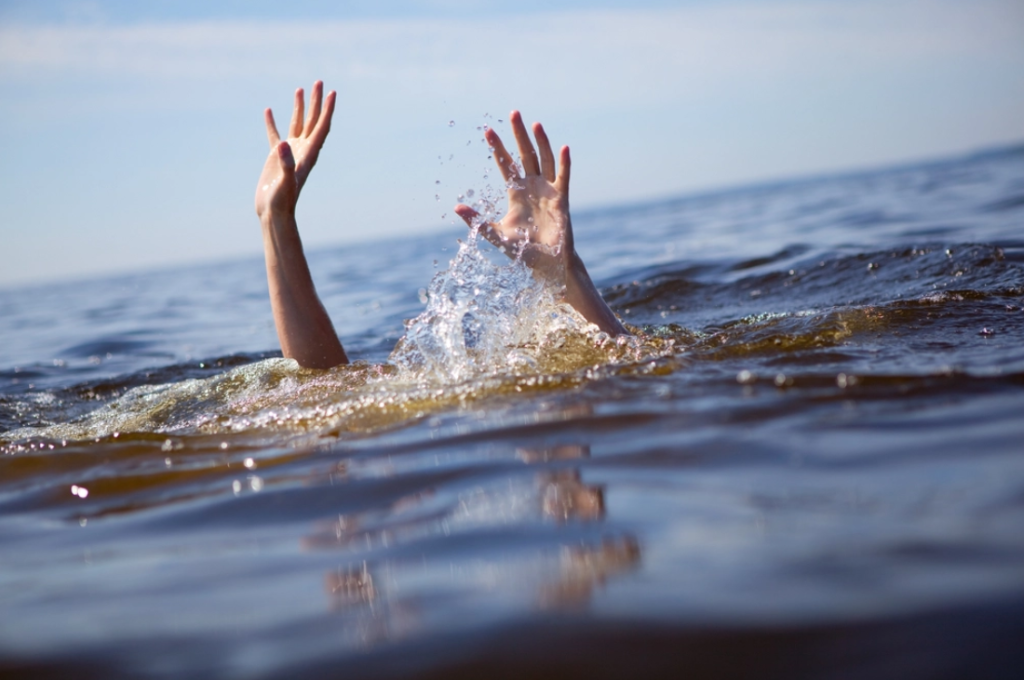In line with the United Nations’ global initiative, Pakistan will observe World Drowning Prevention Day on July 25, 2025, by launching a series of awareness campaigns and public safety drives aimed at preventing drowning-related deaths across the country.
The observance comes at a time when Pakistan is witnessing an increasing number of drowning incidents, especially during the monsoon season and flood-related emergencies. Flash floods, unguarded canals, and poor access to safety resources have put thousands especially children at risk.
A National Wake-Up Call on Drowning Fatalities
Drowning is recognized globally as a leading cause of unintentional injury and death, particularly among children and youth. In Pakistan, a significant number of fatalities occur due to limited knowledge of water safety, lack of swimming skills, and absence of early warning systems.
This year’s campaign will highlight the urgent need for community-level education, safe water practices, and infrastructure improvement, particularly in flood-prone and under-resourced rural areas. The initiative underscores the critical importance of proactive measures to protect lives.
Key Objectives of Pakistan’s Observance
The World Drowning Prevention Day activities in Pakistan will revolve around the following goals:
- Promote public awareness of drowning risks and prevention strategies
- Educate communities and schools on basic swimming and rescue skills
- Deploy safety signage and surveillance at high-risk water bodies
- Strengthen flood preparedness through early warning systems and rapid response protocols
- Engage healthcare providers and emergency teams in life-saving training programs
Authorities are collaborating with provincial disaster management bodies, health departments, and education institutions to ensure the reach and impact of the initiative.
Targeting Vulnerable Populations
Children from marginalized communities, particularly in Sindh, Punjab, and Balochistan, remain the most vulnerable. Many drowning deaths in these regions occur near uncovered water sources, agricultural canals, or flooded roads.
Through educational outreach and basic life-saving instruction, the government hopes to significantly reduce the number of incidents this year. Special attention is being placed on teaching families how to respond in emergencies, ensuring that a lack of formal help does not mean the difference between life and death.
A Call for Long-Term Policy and Investment
Beyond awareness, experts are calling for sustained investment in infrastructure, including:
- Fencing around open water bodies
- Mandatory water safety curriculum in schools
- Community-based rescue units
- Development of flood-resilient urban planning
Public health advocates stress that drowning prevention should not be limited to a single day of observance but must be part of an ongoing, nationwide strategy to save lives and build safer communities.
Conclusion: Turning Awareness into Action
As Pakistan marks World Drowning Prevention Day on July 25, the goal is not just to raise awareness but to inspire action. From classrooms to riversides, and from policymakers to parents, the responsibility is shared.
With consistent efforts and collaboration across sectors, Pakistan aims to create a future where every life near water is protected, and every drowning incident is one too many.



Comments (0)
No comments yet. Be the first to comment!
Leave a Comment